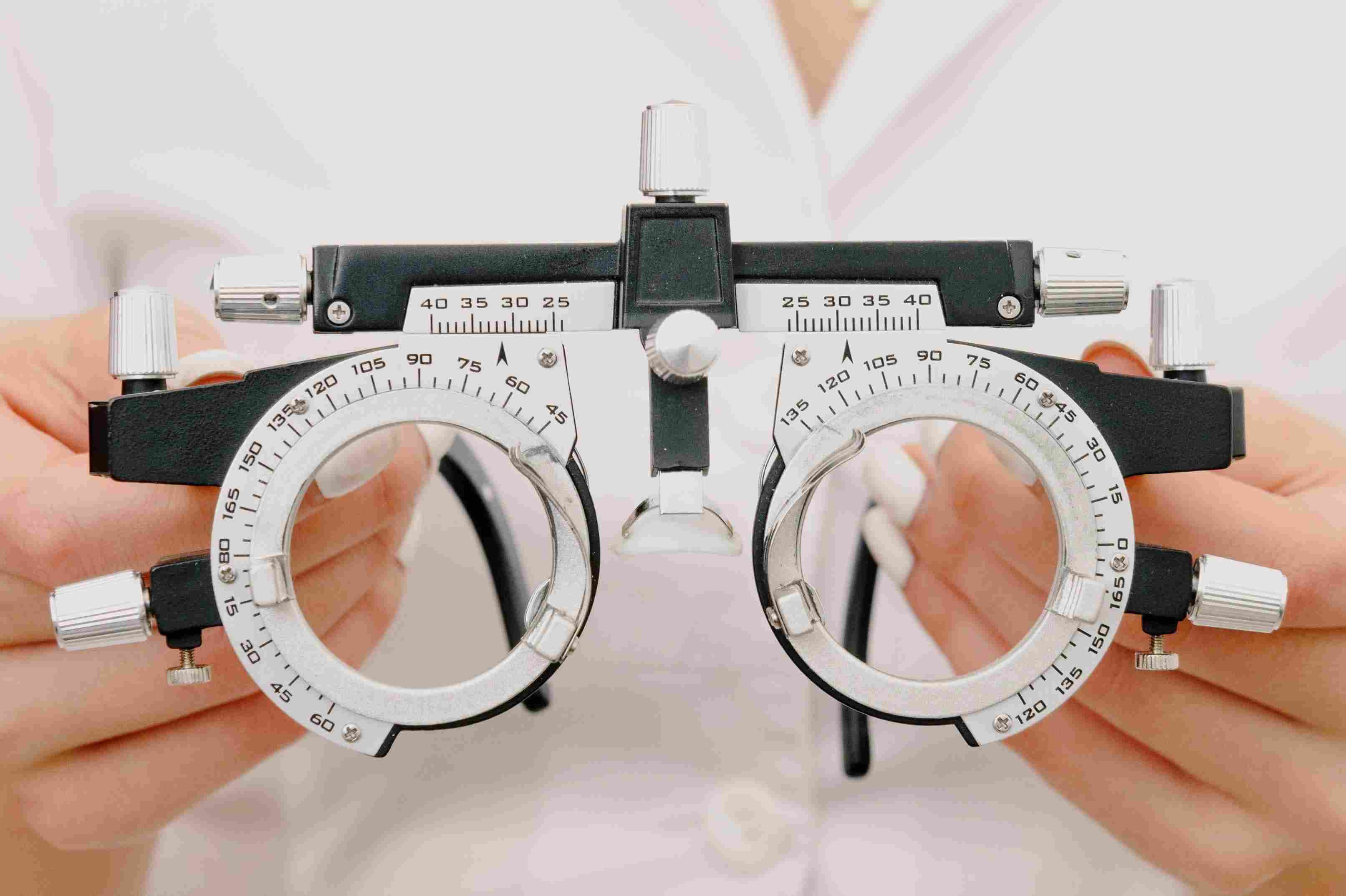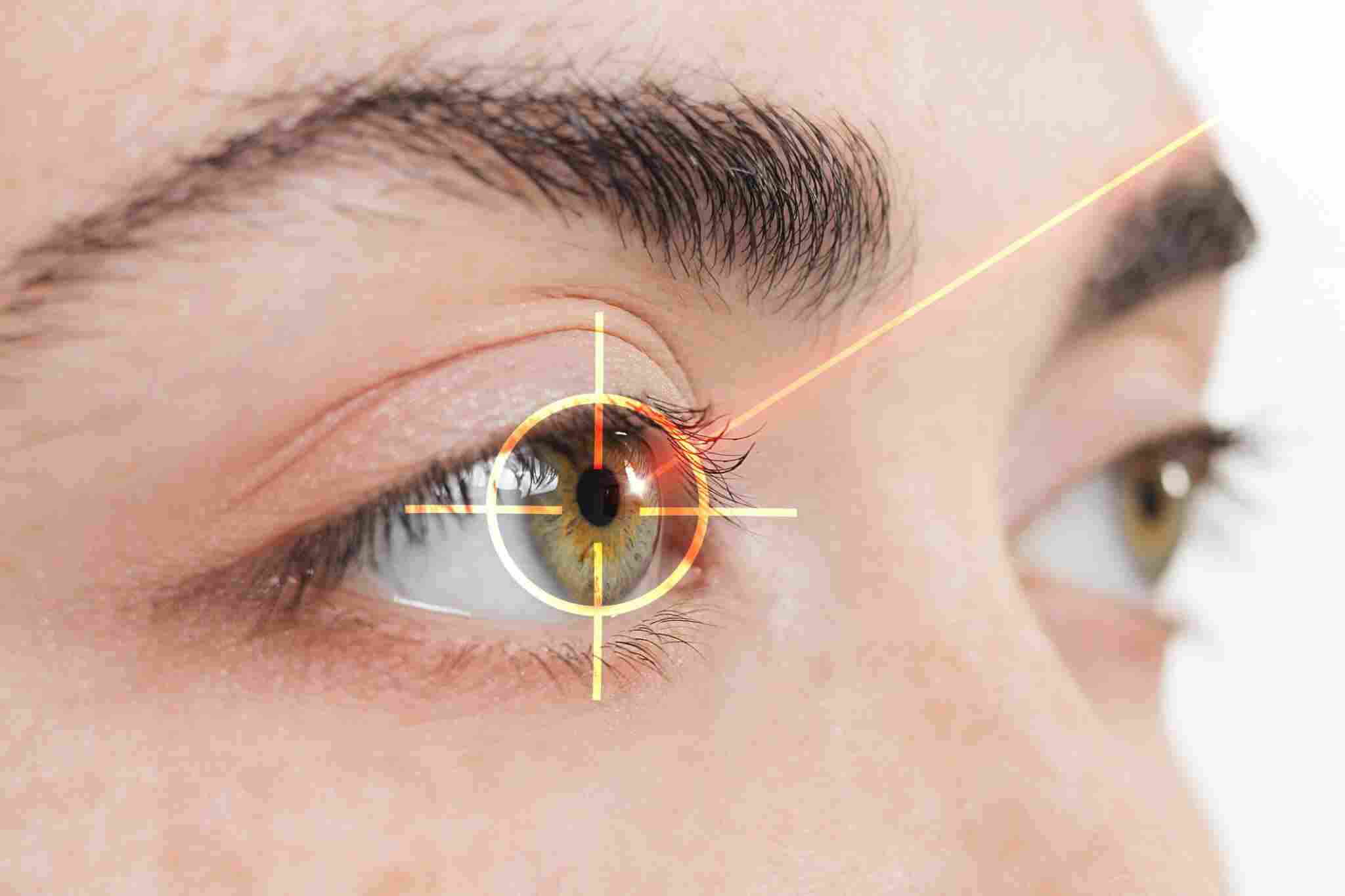Benefits of Light Adjustable Intraocular Lens (LAL) Surgery
The most apparent benefit of LAL is its precise and accurate surgical vision correction. The unique feature of the RxSight Light Adjustable lens is that it can be adjusted after it is implanted in the patient’s eye. In effect, the adjustment of the IOL is tailored and customized specifically for the individual eyes of each patient. When this is done for both eyes, the patient should be able to see clearly up close and at a distance.
LAL benefits include:
- No halos;
- No glare;
- Painless, nonsurgical adjustments;
- Fine-tune near vision but maintain distance vision with both eyes open;
- Twice as likely to reach 20/20 vision 6-months post-operation than with a standard IOL.
Drawbacks of Light Adjustable Intraocular Lens (LAL) Surgery
While Light Adjustable Lens (LAL) surgery promises tailored vision correction, it isn’t without its downsides. A prominent concern is the multiple post-operative visits entailing specialized light treatment. Though these sessions are brief, their cumulative time commitment, combined with dilation and refraction processes, can be considerable. Additionally, LAL is classified as a premium IOL, which means it generally costs more than traditional intraocular lens implants. This additional expense isn’t typically covered by health insurance, placing the financial burden squarely on the patient.
Drawbacks of LAL surgery include:
- Higher Costs: LALs are considered premium IOLs and they are more expensive than conventional IOLs. The LAL itself is not covered by health insurance, but the actual cataract extraction is covered by health insurance.
- Multiple Post-Op Visits: Extra visits and time are required to complete the LAL process, so a patient must make time for this to occur. In effect, the best results require some extra time for the patient and work for the surgical team.
- Pupil Dilation Challenges: Proper light adjustments need adequate pupil dilation, which may not be possible for some patients.
- Variable Corneal Astigmatism: For some patients, astigmatism may develop over decades and vision quality and quantity may be affected with LAL or standard intraocular lens implants.
- Limitations with Irregular Corneas: LAL may not correct all aberrations in severely irregular corneas.
- Cannot Compensate for Other Eye Issues: Conditions like glaucoma or macular degeneration aren’t addressed by LAL surgery or standard cataract surgery.
About The Light Adjustable Lens Surgery
Step 1. Preparing for Surgery
You will first meet with one of our experienced surgeons and care team to discuss your desired outcome for your vision and determine the best treatment for you and your lifestyle.
Step 2. LAL Surgery
LAL surgery is effectively the same as any other cataract surgery using an intraocular lens implant.
Step 3. Recovery
After surgery, you will need to take special precautions until your light adjusting lens prescription is “locked in” at your last post-operative adjustment appointment. Your doctor will provide you with special UV protective glasses to wear whenever you’re outside. Consult your doctor for any additional post-op instructions.









